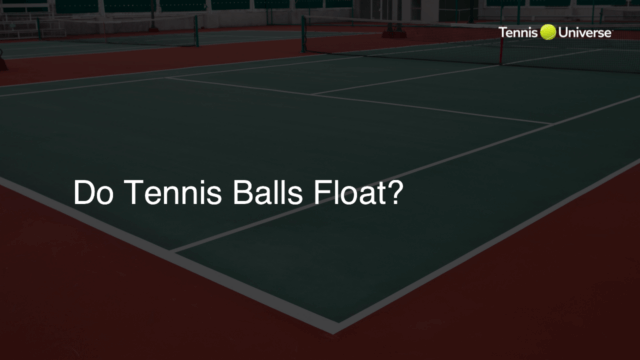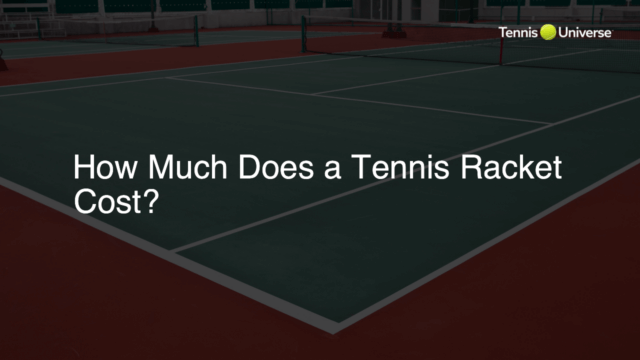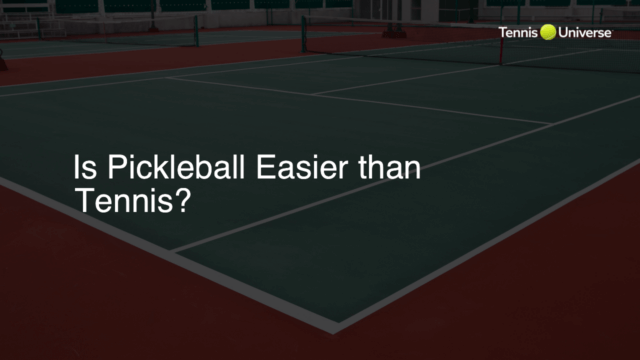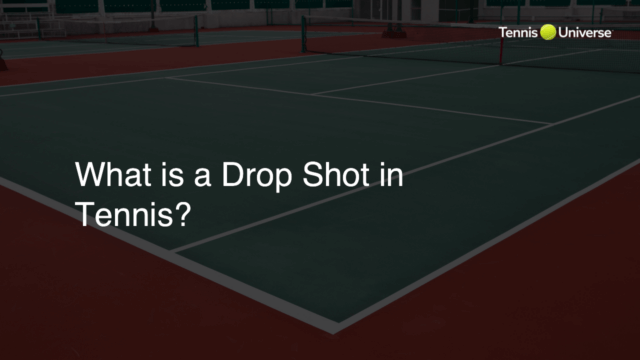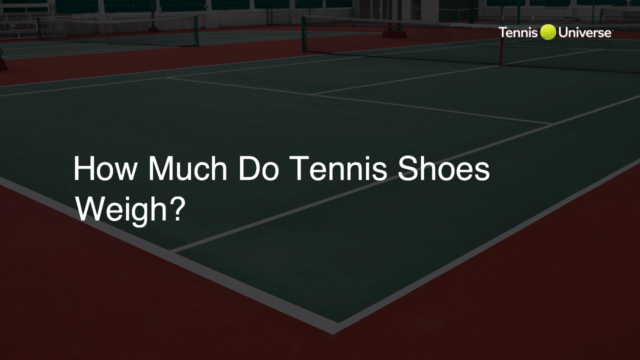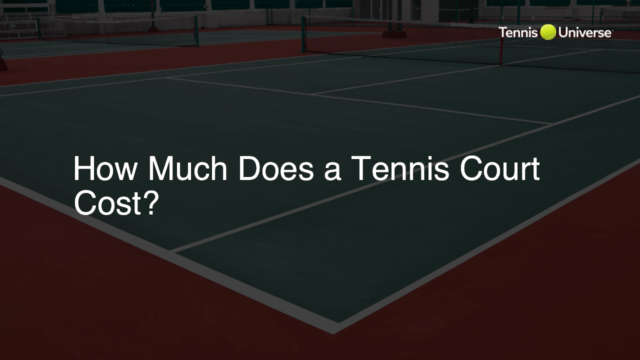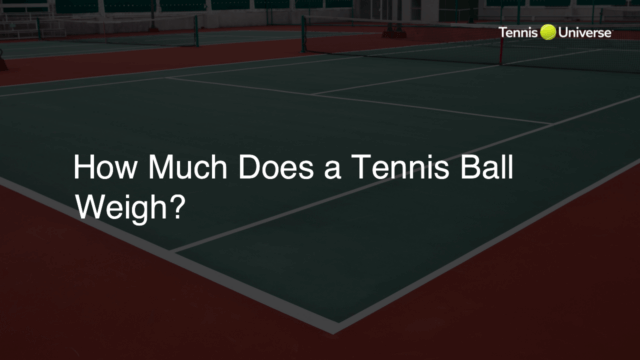To hit a tennis forehand, first, prepare by standing in a ready position, facing the net with your knees slightly bent and your weight evenly distributed. Hold the racket with an Eastern or Semi-Western grip. As the incoming ball approaches, pivot on your back foot and rotate your hips and shoulders. Take a fluid backswing, keeping your non-dominant hand for balance. Transfer your weight forward as you initiate the swing. Hit the ball in front of your body, making contact with the center of the racket strings. Follow through by swinging the racket across and up, finishing with the racket above your shoulder. Focus on accuracy, power, and topspin for an effective forehand.
Mastering the Forehand Grip
Using the correct grip is essential to hit an effective forehand in tennis. The most popular grips are the Eastern and Semi-Western. To find the Eastern grip, place the base knuckle of your index finger on the third bevel of the racket handle. Alternatively, position the knuckle on the fourth bevel for the Semi-Western grip. Whichever grip you choose, practice to improve racket head control and generate optimal topspin.
Perfecting Your Stance
A solid stance is crucial for an accurate forehand shot. Face the net, keeping knees slightly bent with feet shoulder-width apart, and evenly distribute your weight. In this ready position, you can react and move quickly to any incoming ball.
The Neutral Stance
In the neutral stance, both feet are parallel to the baseline. This stance provides stability and balance, allowing the player to hit the ball with precision and control.
The Open Stance
An open stance involves positioning the back foot in line with or behind the front foot. The open stance allows for quick adjustments and explosive power, especially when dealing with wide balls.
Tailoring the Backswing
Maximize your forehand power by using a fluid, controlled backswing. As the ball approaches, rotate your hips and shoulders while pivoting on the back foot. Your non-dominant hand should provide balance and help you gauge the incoming ball’s trajectory.
Generating Power and Topspin
To generate power, transfer your body weight from the back foot to the front foot during the swing. Hit the ball in front of your body and maintain a low to high swing path to create topspin, causing the ball to dip into the opponent’s court. This combination of power and topspin is crucial for a successful forehand.
The Contact Point
Make contact with the ball using the center of your tennis racket strings. Aim to meet the ball between waist and shoulder height, adjusting your swing to accommodate the incoming ball’s height and speed. Timely contact is essential for an accurate, powerful forehand.
Follow Through for Consistency
Complete your forehand swing with a smooth follow-through. Allow your racket to continue its upward and forward motion, finishing above your shoulder. A proper follow-through ensures consistency in your forehand shot and helps to minimize errors.
Forehand Drills for Improvement
Incorporate forehand drills into your practice sessions to reinforce proper technique and develop consistency. Set up targets on the court to practice placement, or have a partner feed you balls at different angles and speeds. These exercises will improve your forehand over time.
Tennis Tips for Anticipation and Footwork
Good footwork and anticipation play a significant role in executing a successful forehand. Focus on split-stepping as the opponent strikes the ball, which helps you react quickly and move efficiently. Additionally, observe your opponent’s position and racket movement to anticipate their shot direction, enabling you to reach the ball sooner and prepare for a powerful forehand.
Adjusting Your Forehand for Different Surfaces
Different court surfaces can affect the ball’s behavior and impact your forehand shots. Keep these factors in mind while practicing and playing matches:
Clay Courts
Clay courts typically produce higher bounces and slower ball speeds, giving you more time to set up your shot. However, clay can also make footwork challenging. Make sure you stay light on your feet, slide into the shot, and maintain a good balance.
Grass Courts
Grass courts often have a lower, faster bounce. Be prepared to bend your knees, execute a compact swing, and hit the ball early to apply pressure to your opponent.
Hard Courts
Hard courts are generally medium-paced with consistent ball bounces. Develop all-around forehand skills and focus on precision and spin to adapt to this surface.
Developing Match Strategy with the Forehand
Use your improving forehand to develop strategic tactics during matches. Employ a combination of aggressive shots, angled shots, and ball variation to keep your opponent guessing. Target your opponent’s weaker side, find opportunities to dictate the points, and exploit their vulnerabilities by using your powerful forehand.
FAQ Section
Below are some frequently asked questions related to hitting the perfect tennis forehand. For additional clarification and helpful guidance, explore these common inquiries and their concise, direct answers.
Which grip should I choose – Eastern or Semi-Western?
Both Eastern and Semi-Western grips are common in tennis, with the choice depending on personal preference and playing style. Experiment with each grip and consider which one feels more comfortable, provides greater racket head control, and produces the desired amount of topspin.
How can I increase power in my forehand?
To increase power, focus on transferring your body weight from the back foot to the front foot during the swing, rotating your hips and shoulders, and utilizing a low-to-high swing path to generate additional racket head speed.
How can I improve my forehand consistency?
Improving consistency requires practice and drills targeting accuracy, footwork, and anticipation. Regularly engage in targeted forehand exercises with a focus on repetition, shot placement, and proper technique to gradually enhance consistency over time.
What role does footwork play in my forehand?
Footwork is crucial for positioning yourself to hit an effective forehand. Accurate anticipation, efficient movement, and the use of split-steps when the opponent strikes the ball contribute to maintaining balance and reaching the ideal contact point.
How should I adapt my forehand for different court surfaces?
Adjust your forehand based on the court surface by considering bounce height and ball speed. On clay courts, stay light on your feet and slide into shots; on grass courts, bend your knees and minimize swing length; and on hard courts, focus on precision and spin to exploit the surface’s consistent bounce.


